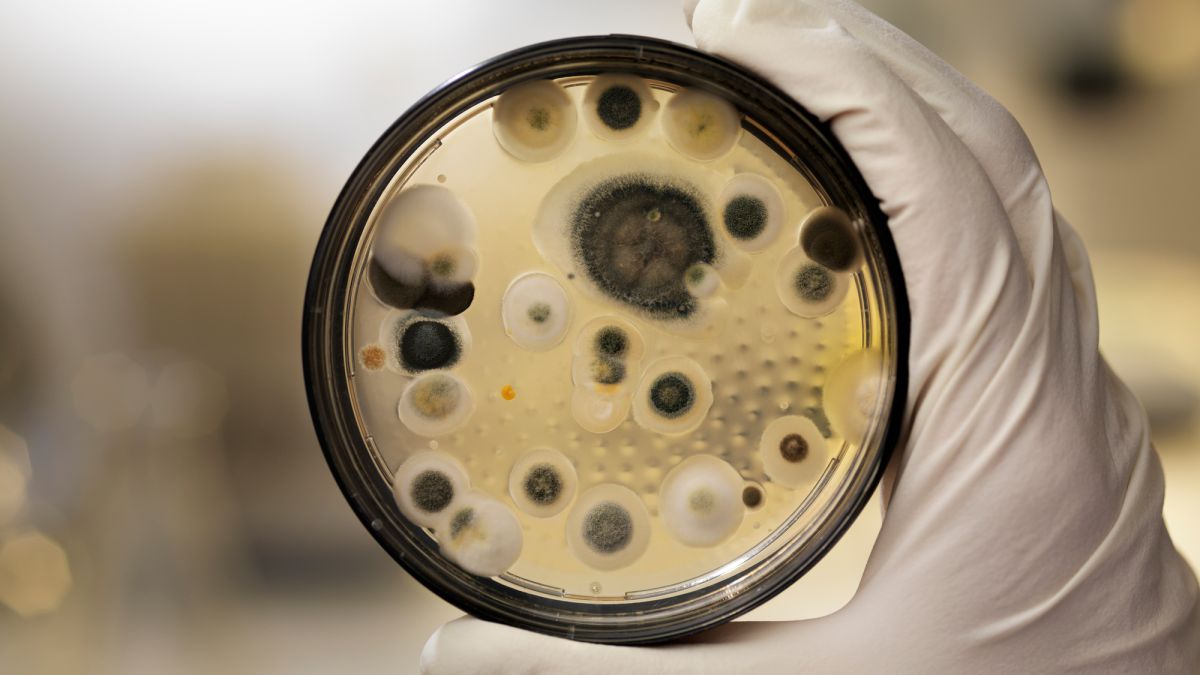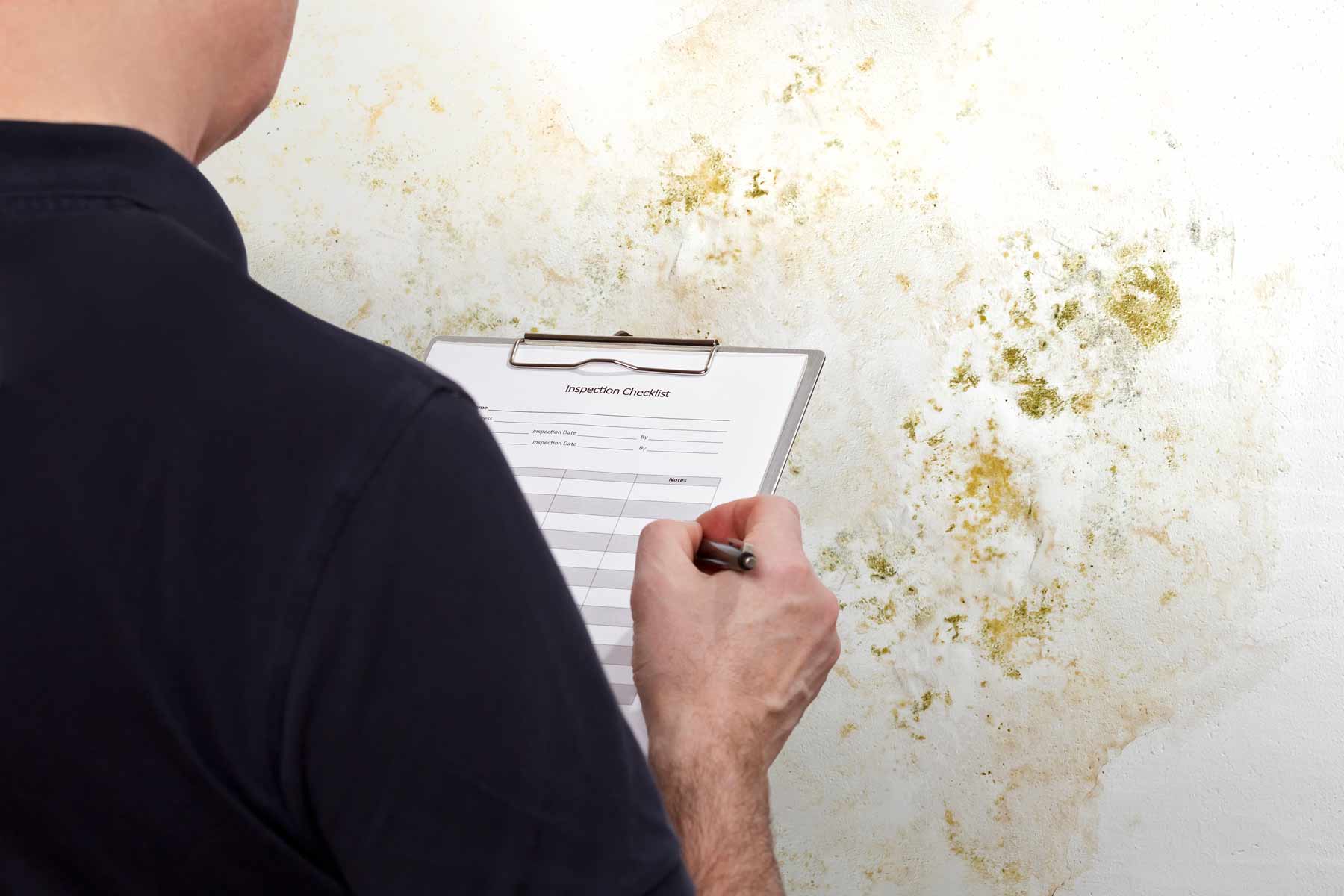Mold is a pervasive and often insidious threat lurking in the corners of our homes and workplaces. From the musty odor that signals its presence to the health risks it poses, understanding mold and how to combat it is essential for maintaining a safe environment.
But with a plethora of mold testing options available, how do you know which method suits your needs best? This guide delves into the various types of mold tests—each with its unique benefits and limitations—helping you navigate the often murky waters of mold detection. Whether you’re a concerned homeowner, a tenant, or a business owner, the right information will empower you to make informed decisions and take effective action against molds unwelcome presence.
Join us as we explore the intricacies of mold testing, demystifying the options so you can choose confidently and protect your space.
Types of Mold Tests

When considering mold testing, it’s essential to understand the various types available and what each entails. The most common methods are air sampling, surface sampling, and bulk testing.
Air sampling, for instance, involves collecting air samples to detect mold spores present in the environment, providing a snapshot of indoor air quality. Surface sampling, on the other hand, entails swabbing or tape-lifting from surfaces suspected of harboring mold, yielding more localized insights.
Meanwhile, bulk testing takes actual materials, like drywall or wood, to identify mold presence directly within the substance. Each method has its strengths, often depending on the specific concerns within a property.
Ultimately, selecting the right test hinges on the context of your mold issue: is it hidden in crawl spaces, or is it manifesting visibly on walls? Understanding the nuances of these tests will help guide you toward effective remediation strategies tailored to your situation.
How Mold Tests are Conducted

When conducting mold tests, the process can vary significantly based on the method chosen and the specific circumstances of the environment. Typically, it begins with a visual inspection, where an expert scrutinizes the area for signs of mold growth, moisture, and possible sources of contamination.
If needed, they might employ air sampling, which captures airborne spores using specialized equipment, or surface sampling, where swabs or tape are utilized to collect mold from surfaces. Some tests even involve bulk materials, like drywall or insulation, being sent to a lab for precise analysis.
Once samples are collected, the lab analyzes them to determine the type and concentration of mold present, providing critical information that helps assess health risks and the urgency of remediation. This multifaceted approach ensures a thorough understanding of mold presence, enabling homeowners or property managers to make informed decisions about next steps.
Choosing the Right Mold Test for Your Needs

Choosing the right mold test for your needs can feel overwhelming, especially with the myriad options available. First, consider your specific environment—are you dealing with a damp basement, a musty attic, or perhaps a water-damaged area? Each of these scenarios may require a different approach.
Homeowners often opt for DIY kits, which can be convenient and cost-effective, but remember, these tests can sometimes yield inconclusive results. On the other hand, hiring a professional for air quality sampling may provide a more comprehensive view, pinpointing not just the presence of mold but also its potential health impacts.
Balancing cost, accuracy, and ease of use is essential; take the time to assess your situation, and don’t hesitate to seek expert advice—to ensure that you’re making an informed decision that protects your home and health.
Conclusion
In conclusion, understanding the different types of mold tests available is essential in effectively addressing mold-related concerns in your environment. Each Black Mold Testing method—be it air sampling, surface testing, or bulk sampling—serves unique purposes and can provide valuable insights into mold presence and concentration. For specific issues, such as concerns about toxic mold species like black mold, targeted testing options can yield critical information for remediation efforts.
By evaluating your particular situation, budget, and the potential health risks involved, you can make an informed choice about which mold test is right for you, ensuring a safer and healthier living or working space.




